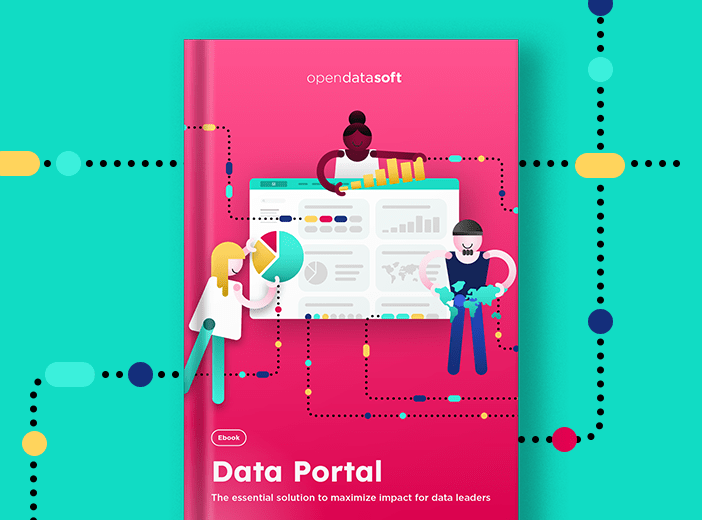Digital Asset Management
What is Digital Asset Management (DAM)?
Digital asset management (DAM) is both a business process and a corresponding software solution that enables the efficient and secure storage, retrieval and management of digital files and assets. It allows teams and departments within organizations to easily access and use images, videos and other digital files and assets.
What type of files can be managed with a Digital Asset Management (DAM) solution?
A digital asset management solution can be used to manage any digital file, such as images, audio, video, animation, graphics, logos, presentations, spreadsheets and documents. The files will be searchable using their metadata and have access and usage rights applied to them.
What does a Digital Asset Management software solution do?
A digital asset management solution enables organizations to:
- Share digital asset files securely and easily without using email attachments, FTP, CDs or portable drives. Permissions control who can access and make modifications to specific assets.
- Organize assets within a central asset library in a logical way that makes sense to users, so that everyone knows how to find what they need, when they need it.
- Manage digital assets from ideation to production using rules-driven workflows including features for reviewing, assigning and approving digital content.
- Discover assets quickly using powerful search features. This can include the ability to search by file type and to use filters to narrow the results as well as conduct in-document searches.
- Manage rich media assets with features for working with images, audio and video including tools for previewing files and converting image and video files into different formats.
- Safeguard the organization’s brand image with features to ensure users are made aware of and agree to follow brand guidelines.
What are the benefits of Digital Asset Management (DAM) software?
- Greater efficiency: All digital assets are stored in a central digital asset library making it easier and quicker for users across the organization to find and reuse assets, eliminating duplication of effort.
- Improved productivity: Digital asset management solutions include tools to automate tasks such as organizing, resizing or cropping content.
- Better collaboration: By allowing multiple users to access and work with digital assets at the same time while managing version control, digital asset management solutions make it easier for individuals and teams to collaborate on projects.
- Greater security: Digital asset management software keeps digital assets secure by controlling access and automatically backing up files to protect against data loss.
- Improved brand consistency: By ensuring that digital assets are used in a consistent way following brand guidelines for messaging, positioning, and visual representation, digital asset management software ensures consistency. They provide a single source of truth, always containing the most up-to-date files.
- Better asset utilization: Help organizations optimize their use of digital assets and resources by enabling better tracking and reporting on asset usage.
- Improved legal compliance: A digital asset management solution helps to ensure that the organization uses digital assets in ways which comply with copyright and other legal requirements.
Who needs to use a Digital Asset Management solution?
Any organization or business that creates, uses, or manages a large volume of digital content benefits from using a digital asset management solution. Businesses that work with external users, including clients, contractors, partners and agencies, can increase collaboration and manage projects securely through digital asset management solutions.
Typical users include:
- Marketers: Marketers can easily share assets with internal teams and other departments such as sales as well as with marketing offices around the world to be adapted for local markets.
- IT teams and developers: IT teams can store, organize, and access digital assets for developing and maintaining websites, software, and digital products. Storing reusable resources such as code snippets within the digital asset library increases efficiency.
- Designers: Designers can organize their project files, streamline reviews and feedback processes, and share the final assets across teams and with clients.
- Legal teams: Digital assets related to legal proceedings (such as contracts, and briefs) can be more effectively stored, organized and accessed, with users granted permissions to specific documents to ensure compliance.
 Ebook
Ebook
All organizations understand the vital importance of data to success. In a world full of data, easy and rapid access to the right datasets, in the right format, at the right time is crucial to decision-making, efficiency, collaboration, innovation and transparency. It decreases costs, builds new revenue streams, and mitigates risk. This ebook provides a comprehensive introduction to data portals at both a strategic and tactical level. It aims to help you embrace data democratization and unlock the value of your data.

High quality data is at the heart of successfully training and deploying AI algorithms and agents. Our blog explains how organizations can ensure that they are sharing easily actionable, machine readable data with AI through data products and data product marketplaces
